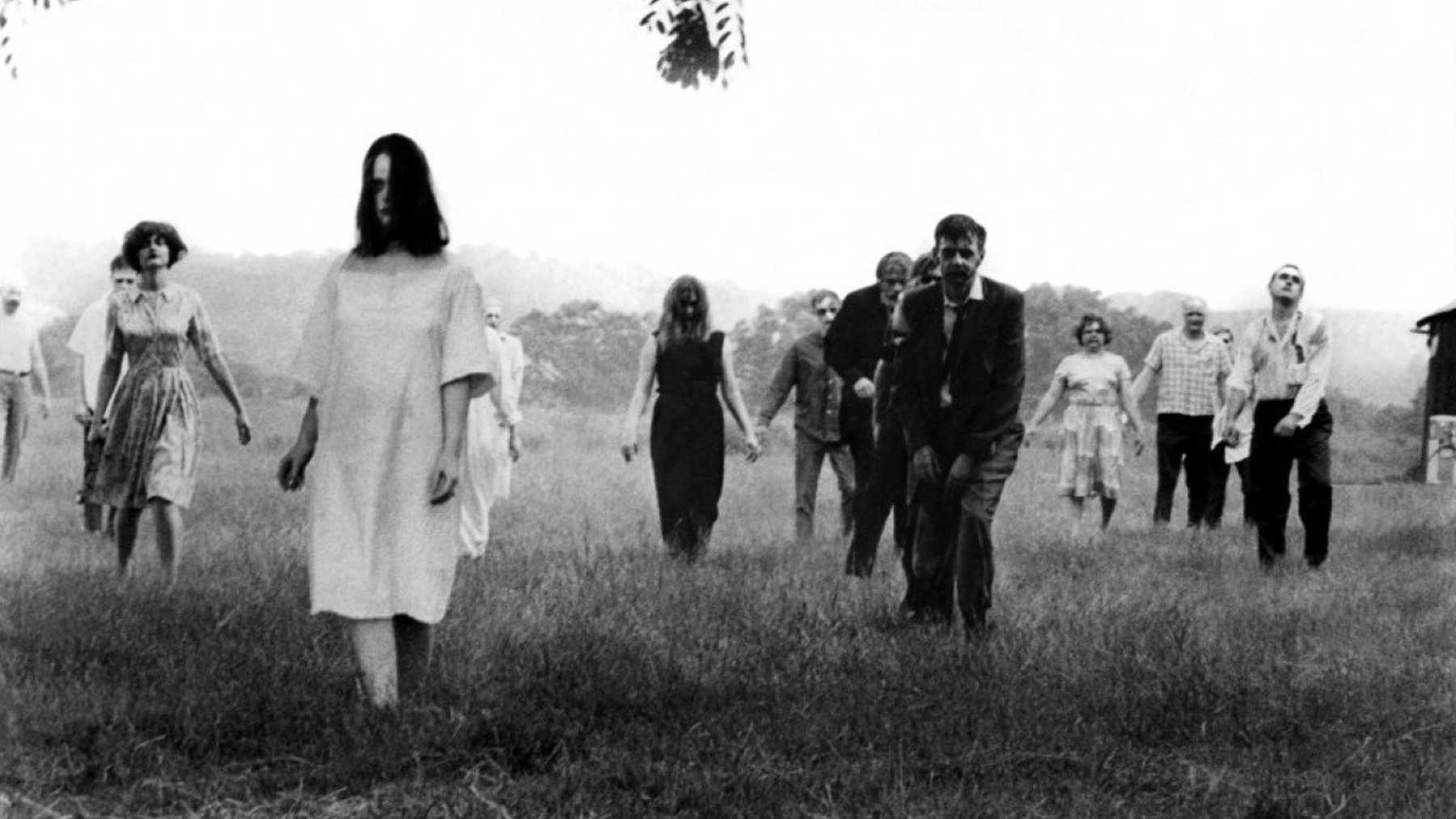
You may have noticed that we’re watching a lot of movies from the 70s and 80s. After Hellraiser next week (1987), we head into the 90s, but our first movie releases late in the decade (Ringu, 1998). The horror film enjoyed a Renaissance from the mid-70s through the early 80s. This is the era when most of the famous horror film franchises were born, and their sequels and prequels dominated the horror genre during the 90s. Then came the franchise reboots in 2000s, and all kinds of zany mashups, like Alien vs. Predator and Freddy vs. Jason. This is not to say there were no horror hits during the 90s (e.g. Scream, Candyman, I Know What You Did Last Summer), but the longevity of the original slasher franchises can’t be understated.
Like Halloween, A Nightmare on Elm Street does offer up some cultural critique and dismantling of the white suburban fantasyland. The parents in this film are either absent or severely dysfunctional. The parents also extrajudicially murdered a person. But of all the horror films we’ve watched so far, Nightmare is probably the least invested in being a “legitimate” film. It’s the most unapologetically gratuitous and “trashy” of the Big Franchises.
Part of the reason for the franchise’s success is its humor and playfulness in its approach to body horror. While the original movie doesn’t get too far-fetched or cartoonish in its deaths—which generally resemble slasher deaths, with the exception of Glen’s, which was actually an accident—many of the Nightmare deaths that follow in the sequels are absurd in memorable ways. The sequels are absolutely ridiculous, a veritable parade of spectacularly disgusting deaths. Freddy is a motorcycle. Freddy is shark. Freddy is a television. Freddy’s fingers are heroin needles. Freddy turns a girl into a cockroach. And so on and so forth.
Freddy was a star, a cult “hero” phenomenon who made regular appearances in the popular culture for some time, and was often marketed to children, despite being a reincarnated pedophile and child murderer. In “Seducing the Subject,” Conrich postulates that the franchise’s success was in part due to its investment in creating and recreating the consumer spectacle:
The Nightmare films have been largely successful through their ability to maintain a seduction of the subject, that is of the spectator and consumer. This has predominantly been achieved through Freddy, the cultural object, who seduces the subject through a combination of his power and personality and a supporting series of clever images and stimulating visuals. The seduction continues with the associated merchandising, where popular cultural allows for the successful release of Freddy from the fictional world of the film into a consumer society reality.
And indeed you can see evidence of this phenomenon in commercials and video games, not only from the original era, but long after:
As you watch A Nightmare on Elm Street, consider how the movie embraces campiness and absurdism and meta-commentary (a hallmark of a Wes Craven film) while still “landing” itself firmly in the horror genre, rather than the comedy genre (such as a film like Shaun of the Dead, a parody). How does it balance the tension between horror and the humor? What does its smashing success reflect about the mid-80s as a cultural period? What is the lasting cultural appeal of Freddy Kreuger, as both a character and concept?

